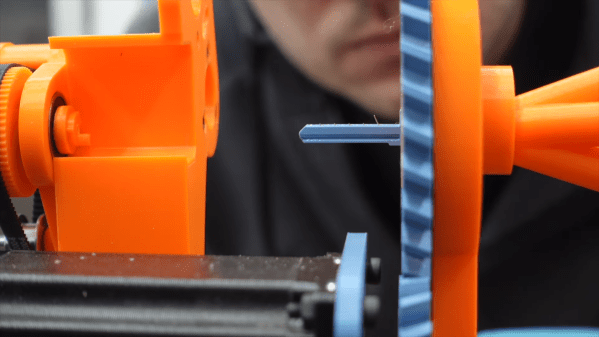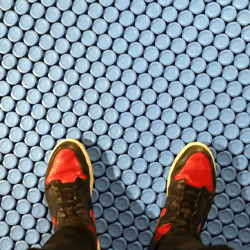Did you know there is a Guinness World Record for the smallest humanoid robot? We didn’t either, but apparently this is a challenge attracting multiple competitors. [Lidor Shimoni] had a red hot go at claiming the record, but came up ever so slightly short. Or tall.
The former record holder was measured at 141 mm, so [Lidor] had to beat that. He set about building a humanoid robot 95 mm tall, relying on off-the-shelf parts and 3D-printed components of his own design. An ESP32 served as the brains of the operation, while the robot, named Tiny Titan, got big flat feet to make walking relatively stable and controlled. Small servos were stacked up to actuate the legs and create a suitably humanoid robot to claim the title.
Sadly, [Lidor] was pipped to the post. Some procrastinating in finishing the robot and documentation saw another rival with a 60mm robot take the record. It’s not 100% clear what Guinness requires for someone to take this record, but it seems to involve a robot with arms, legs, and some ability to walk.
Sometimes robots are more fun when they’re very small. If you’re developing your own record-breaking automatons, drop us a line won’t you?


















